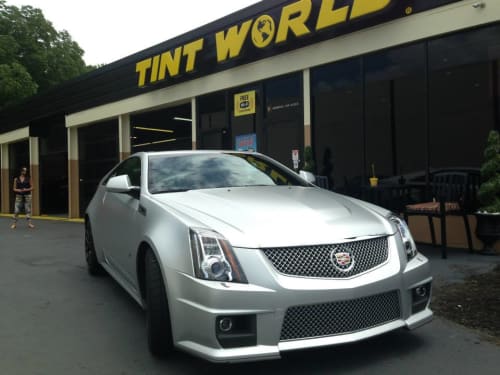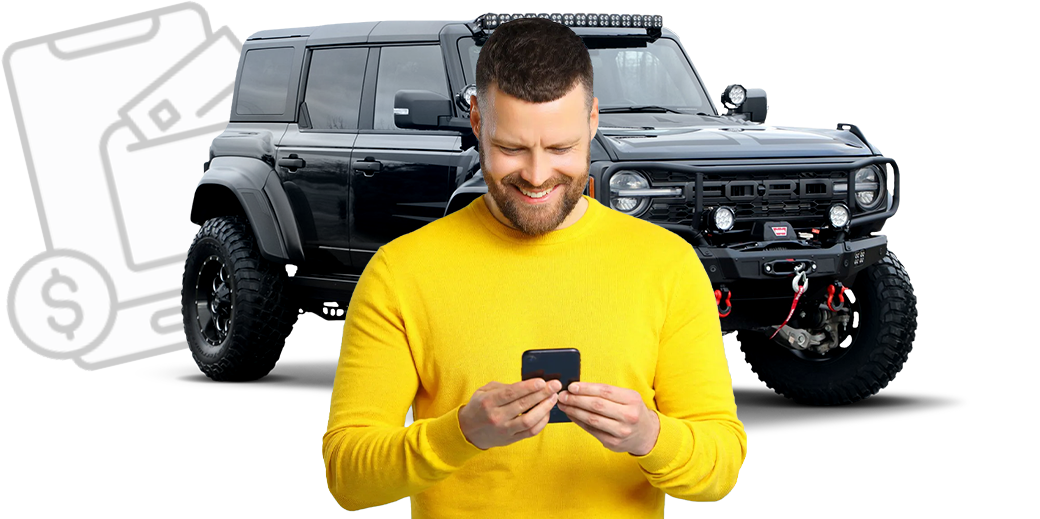
Of the innumerable ways you can customize a car, truck or SUV, making modifications to its suspension is one of the most popular. Lowering a vehicle will bring the ride height closer to the ground, but while a lowered ride may look cool, its performance isn’t always positively affected. If conducted poorly, suspension lowering can create unsavory or even dangerous handling characteristics and can also put vital components at risk of failure.
At Tint World®, we specialize in all types of lowering – from performance to comfort and style – but regardless of your preference, we always make safety a top priority. If you’re interested in dropping your ride, here are a couple things to consider before pulling the trigger:
- Purpose: Before you lower your suspension, you need to understand that just because the vehicle is lower, doesn’t mean it will perform better. This holds especially true for more modern vehicles, as manufactures spend millions of dollars on suspension research and development. By determining your purpose – whether you want to lower your ride for looks or performance – you can better determine which parts you need to purchase and have professionally installed. A general rule of thumb for aftermarket suspensions is if it creates a sharper response, it most likely will result in a harsher ride. Likewise, the suppler the feel, the more relaxed the performance will be. There are happy middle grounds which usually come at a cost, but the investment is worth it if you truly value your ride.
- Suspension type: Not all vehicle suspensions are created equal and in order to lower them properly, you’ll have to purchase different parts. For example, if you have a pickup truck, your rear suspension will typically consist of shackles, leaf springs and shocks. These types can be lowered by swapping shackles and/or installing leaf spring packs that contain less springs than factory. If you have a car with struts and springs, you can get away with installing aftermarket lowering springs if the drop isn’t too low. For all types, you need to also recognize other components such as control arms, track bars, sway bar endlinks, etc., as these can only be pushed so far without having to be replaced. Fortunately, many manufacturers build lowering kits that include proprietary replacement parts that are designed to work with lowering springs.
Lowering a vehicle can be as simple as swapping out springs and shocks, or it can be as complicated as replacing entire subframes. Before you go shopping for parts or take an angle grinder to your springs, it’s important to know the consequences of certain actions, as a lowered car is not always a safe car. In order to ensure your ride fits your style and remains safe, contact your local Tint World® today and make sure to check out our online store to get the perfect matched parts for your ride.








